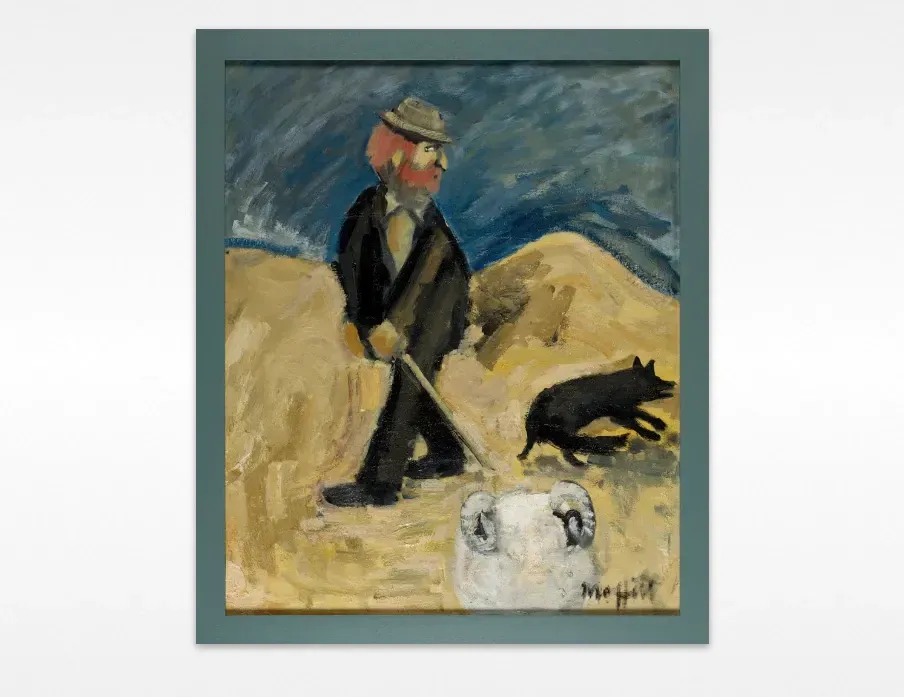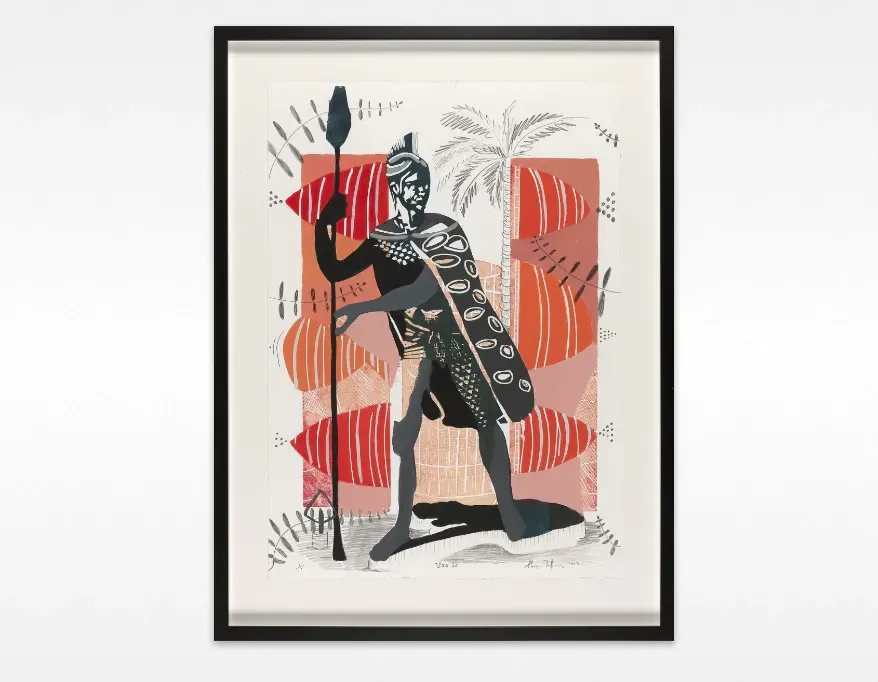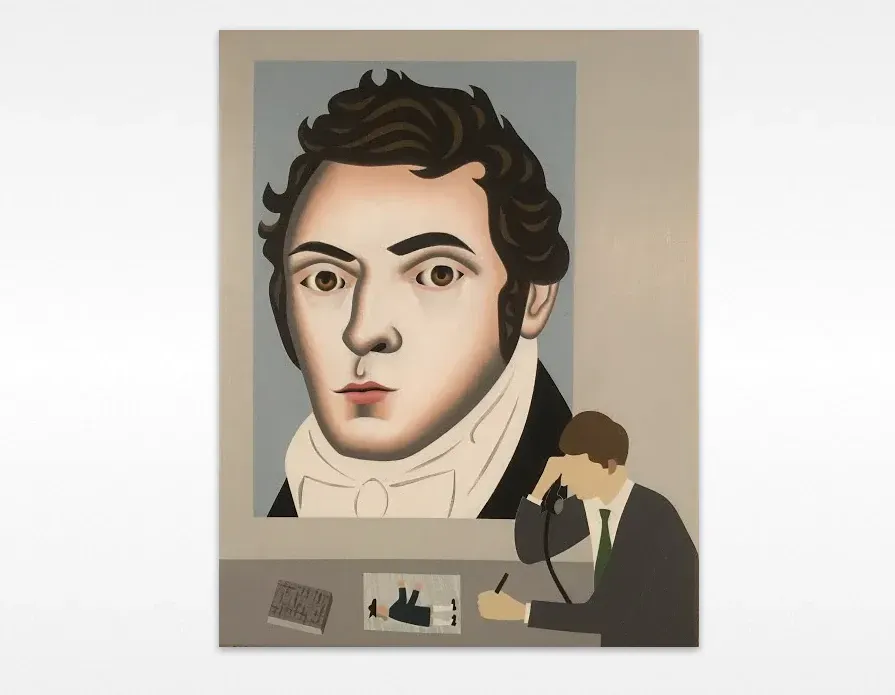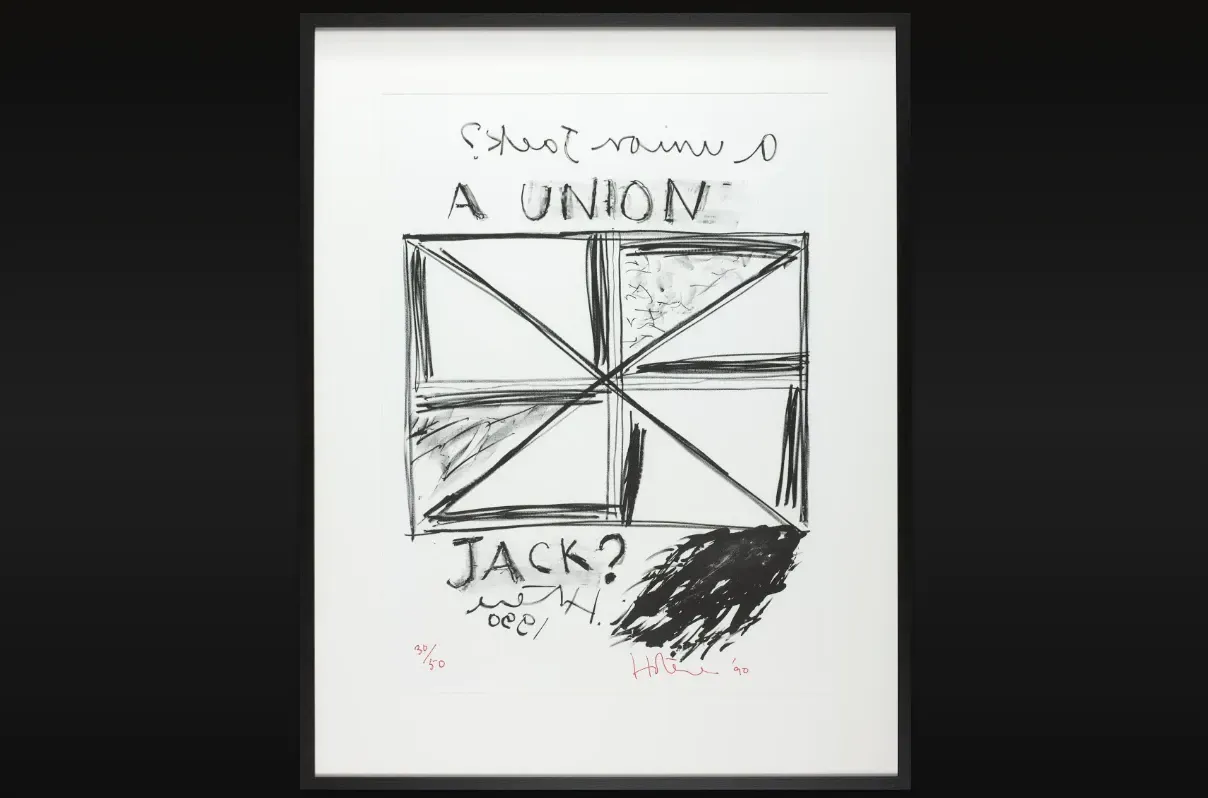Capital Collection: Art from the Big Smoke at Whakatāne Museum
Written by

The latest exhibition at Whakatāne Museum, Capital Collection, began with a chance meeting at the opening of Te Papa's new Toi Art galleries. Just after the welcoming by Prime Minister Jacinda Ardern, Museum Director Eric Holowacz ran into former colleagues from his days at Wellington City Council. After talking about old times, they began discussing creative opportunities and exchanges between the Big Smoke and the Eastern Bay of Plenty.
"When I met Laura Woodward, the registrar of the Council's significant permanent art collection, I bluntly asked her how our museum might exhibit a selection of pictures," says Holowacz. "We had a gap in our gallery schedule in late winter, and thought we could cook something up."
That something involved inviting Whakatāne community members to view all the works in the collection, asking them to select their favourite and then provide a short summary about why. The project was led by Victoria Sinclair, exhibitions coordinator at Whakatāne Museum, and involved over 20 people who took part and shared their aesthetics, creative ideas, and connections to Wellington. The resulting exhibition, Capital Collection: Eastern Bay of Plenty Edition, is on view at the Whakatane Museum galleries through 16 September.
"While this exhibition originates in the New Zealand capital, and our country's most significant civic art collection, it also has the hands, hearts, and minds of Whakatāne residents all over it," says Holowacz. "Thanks to that chance meeting at Te Papa, and Victoria's stewardship of the idea, new creative connections were born."
Instead of selecting pictures based on a curatorial approach, Whakatāne art lovers and civic leaders made their own choices—from hundreds of paintings and objects going back to 1882. Teachers, business owners, artists, students, volunteers, and even Whakatane District Council Mayor Bonne answered the call to choose something meaningful—and then tell why.
"The result reveals one of our country's most important civic collections as well as thoughts, connections, and aesthetics that are purely of our community," said Sinclair, "The responses, statements, and reasons for each choice speak volumes about art in our times."
Along with each work gallery visitors will find a short statement by the person who selected each picture—insight and rationale revealing why they chose what they did. Whakatāne accountant and civic leader, Ken Goldmsith, selected Ralph Hotere’s 1990 print A Union Jack? He explains his reasons like this:
"Ralph Hotere has been a favorite artist of mine, as I discovered his work around the same time I was beginning to form my own opinions on the politics of the world around me. His style spoke to me. This work asks questions about sovereignty in New Zealand and the larger "Commonwealth" that grew out of British imperialism that continue to be relevant today, particularly for Maori and other indigenous cultures who still grapple with what sovereignty means to them. Tino Rangatiratanga is still a concept of sovereignty that is seen as a threat by some sectors of New Zealand and A Union Jack? with its strong, simple lines, presenting emblems and signals of repression, mixed with symbols suggestive of the British Flag and 1974 Christchurch Commonwealth Games logo, continues to make a strong statement on how far we have come in empowering sovereignty in NZ—and how far we still have to go."
The Wellington City Council Art Collection began in 1882 and has grown into a major civic collection of over 500 nationally significant works. In the 1960s, civic leaders decided to actively acquire art for use and display in city buildings, and sought out artists such as, Ralph Hotere, Fiona Hall, Peter McIntyre, Don Binney and Robin White. Their pictures and objects continue to play an active part of Wellington City Council's culture, as almost all of the works remain on display within Council buildings around Civic Square.
"Viewed as a diverse collection, the art reflects the many changes to people, places, and fashions over the past 135 years,” says Holowacz. "When seen as an important social history lesson, the works offer a study in aesthetics, style, fashion, and the capital city's development. Whakatāne Museum is grateful to Collections Registrar Laura Woodward, all the artists, Council officers, and creative people who have connected this collection and exhibition with our community.”
Capital Collection: Eastern Bay of Plenty Edition is on view at the Whakatane Museum galleries at Te Kõputu through 16 September.
Wellington City Council Art Collection, Whakatāne Museum Gallery Exhibitions

